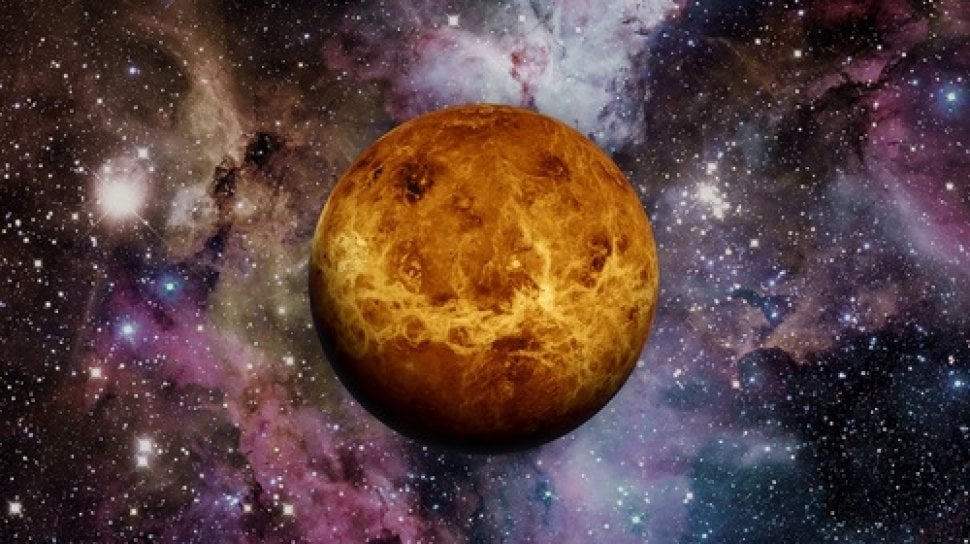Suara.com – For scientist reveal that Venus have similar conditions like Earth, but climate changes on the planet make it uninhabitable.
Venus is a strange and completely uninhabitable planet, with a surface temperature of 450 degrees Celsius and an atmosphere dominated by carbon dioxide, about 96 percent or 90 times that of Earth.
However, Venus in the past most likely had a climate like Earth. According to recent climate modeling, Venus has a surface temperature similar to that of Earth today.
There may also be oceans, rain, snow, continents, and plate tectonics that might support life.
Also Read:
Scientists claim mass extinction of animals occurs once every 27 million years
But less than a billion years ago, the climate changed drastically due to the runaway greenhouse effect.
Scientists speculate that a period of intense volcanism pumped significant amounts of carbon dioxide into the atmosphere, causing climate change events and evaporating the oceans and ending the water cycle.
Evidence of this change has been researched since the early 1990s by a team of scientists at Carleton University. Recently, with a team from Tomsk State University, we mapped the geological and tectonic history of Venus.
The team of experts used data from NASA’s Magellan spacecraft in the early 1990s, which used radar to produce detailed images of more than 98 percent of Venus’ surface.
Scientists later discovered the oldest rock type on Venus called tesserae. Experts argue that these oldest rocks have the best chance of preserving evidence of water erosion, which was an important process before climate change events.
Reporting from IFL Science, Tuesday (15/12/2020), the team also tried to identify ancient river valleys on Venus that show lava flows that are younger, from the surrounding volcanic plains and have filled the valleys on the edge of the tesserae.
Interestingly, the experts found that the pattern of these tesserae valleys is very similar to the flow patterns of rivers on Earth, so the team suspected that the tesserae valleys were formed by river erosion during Earth-like climatic conditions.
Climate change on Venus was also triggered by an eruption that released enough carbon dioxide to cause catastrophic climate change, even mass extinction.
– .


